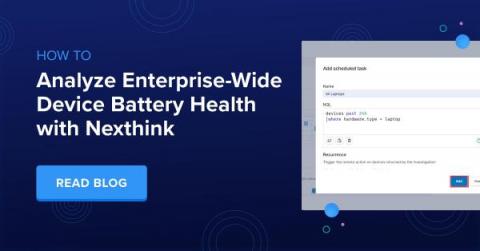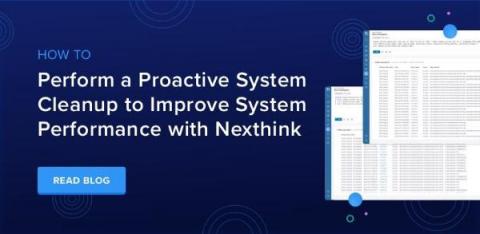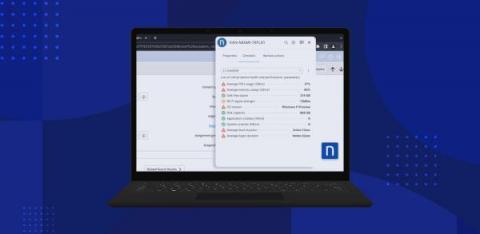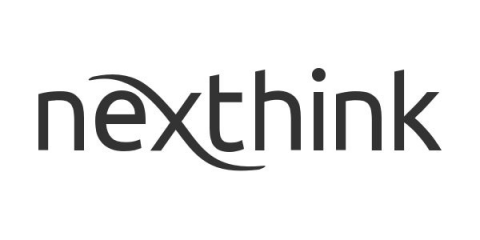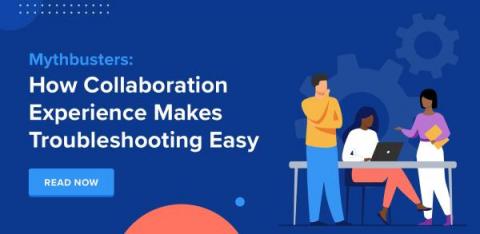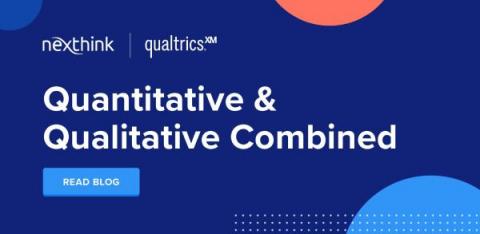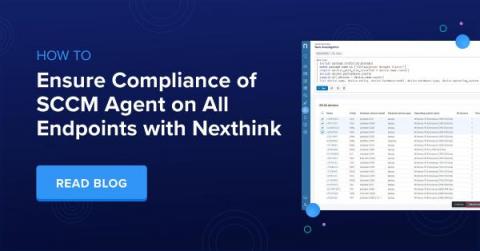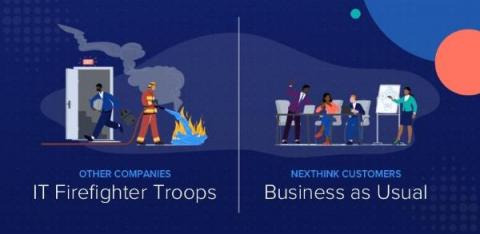How to Analyze Enterprise-Wide Device Battery Health with Nexthink
Hardware is one of the most important, and most expensive, line items in IT’s purview. Constantly refreshing and provisioning hardware takes time and can be a very manual process. And one of the most significant reasons for refreshing hardware is battery life. Monitoring the health status of device batteries is crucial, and determining the health status can help maintain and extend the device lifetime in any environment.


